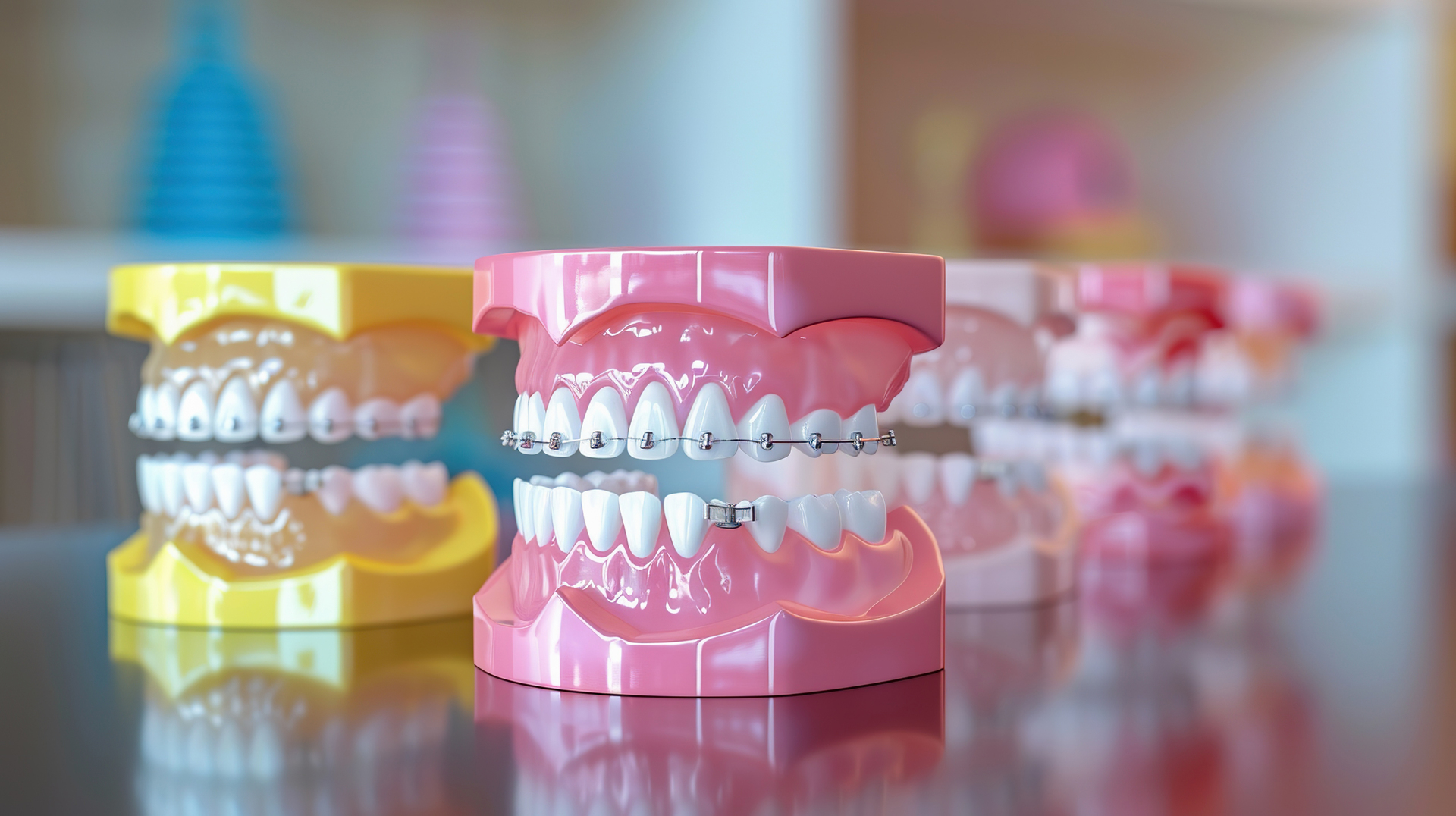What is Orthodontics?
Orthodontics is a branch of dental treatment that focuses on improving the alignment of teeth, the bite relationship, and related oral functions such as speech and chewing.
By using orthodontic appliances, the position of the teeth can be adjusted to help restore proper alignment and bite function.
Whether orthodontic treatment is appropriate should be determined by a registered dentist based on clinical examination and individual circumstances.




